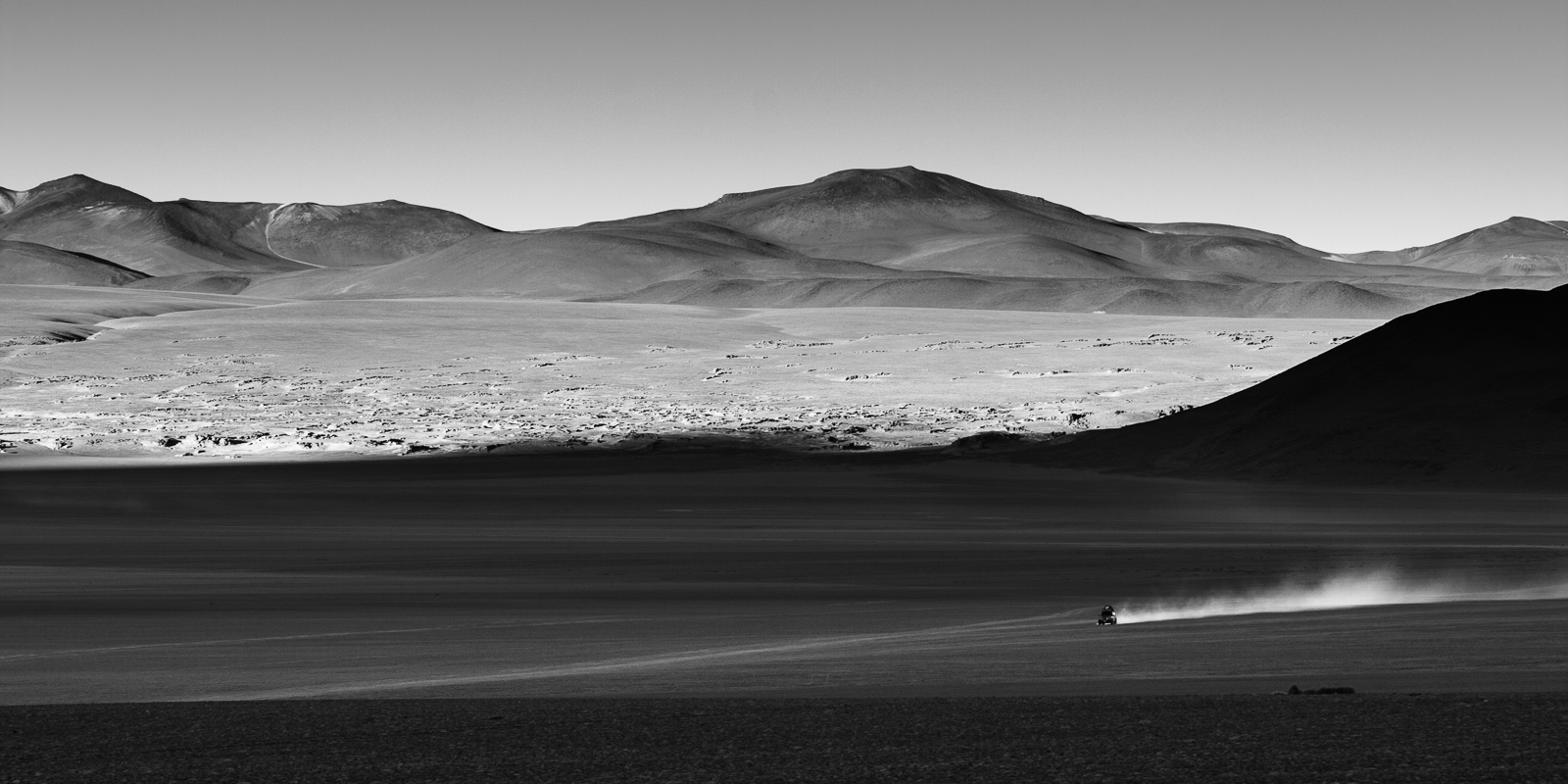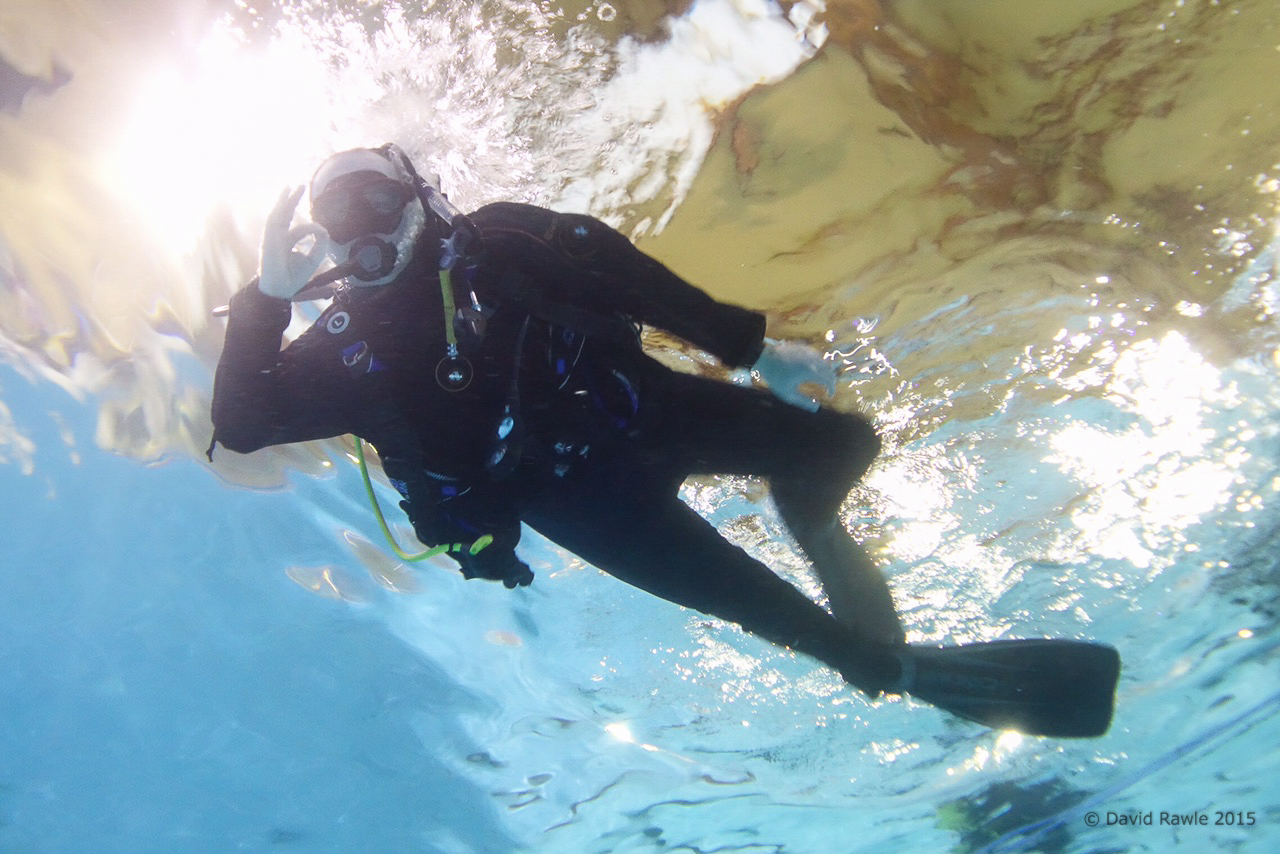A lone 4WD rushes to the only structure in the area – a stone-built refuge – at sunset as darkness spreads across the land. At an altitude of 4,300 metres on the Bolivian altiplano nightfall means -15°C temperatures.
Get in contact…
Previous Posts…
- July 2016 (3)
- June 2016 (2)
- May 2016 (1)
- April 2016 (3)
- March 2016 (2)
- February 2016 (1)
- January 2016 (3)
- December 2015 (4)
- November 2015 (4)
- October 2015 (2)
- September 2015 (2)
- August 2015 (2)
- July 2015 (4)
- May 2015 (4)
- April 2015 (4)
- March 2015 (2)
- February 2015 (5)
- January 2015 (5)
- December 2014 (6)
- November 2014 (2)
- October 2014 (2)
- September 2014 (1)
- August 2014 (5)
- July 2014 (4)
- June 2014 (5)
- May 2014 (3)
- April 2014 (4)
- February 2014 (1)
- January 2014 (3)
- December 2013 (1)
- September 2013 (2)
- August 2013 (8)
- July 2013 (2)
- May 2013 (2)
- April 2013 (4)
- March 2013 (2)
- February 2013 (2)
- January 2013 (2)
- December 2012 (4)
Tags…
Africa Antarctica astrophotography B&W Bolivia Cambodia cityscape critique Danakil Depression Dead Sea desert disappearing world diving Erta Ale Ethiopia Europe filters flower framing gear glacier hiking Iceland Israel Jerusalem Landscape long exposure macro Middle East Namibia night preparation process review sea selection Tel Aviv Tips travel trip planning UK urban volcano waterfall Wildlife




![Seljalandsfoss is extremely popular due to its close proximity to Reykjavik and the fact that you can walk behind it. Oh, and it’s a waterfall – everybody loves a waterfall… [Click to enlarge!]](http://davehoggan.com/wp-content/uploads/2015/07/MG_7185.jpg)
![Glufrafoss is only a short walk from Seljalandsfoss but for the number of tourists it sees, it could be a million miles away… [Click to enlarge!]](http://davehoggan.com/wp-content/uploads/2015/07/MG_6344.jpg)
![As a picturesque setting there may be better waterfalls, but as a private table for two having a picnic it will be an experience few others will have had. [Click to enlarge!]](http://davehoggan.com/wp-content/uploads/2015/07/MG_6335.jpg)
![Skogafoss, a truly magnificent sight by any standards, is usually hidden by a mass of tourists. [Click to enlarge!]](http://davehoggan.com/wp-content/uploads/2015/07/MG_5942.jpg)
![With plenty of slack in the schedule you can afford to wait until you are, quite literally, alone with nature. [Click to enlarge!]](http://davehoggan.com/wp-content/uploads/2015/07/MG_6254.jpg)
![Having 30kg of kit to carry is just one reason that you’re not going to be gliding dolphin-like through the water. [Click to enlarge!]](http://davehoggan.com/wp-content/uploads/2015/07/IMG_0476-peep-2.jpg)
